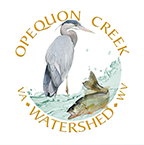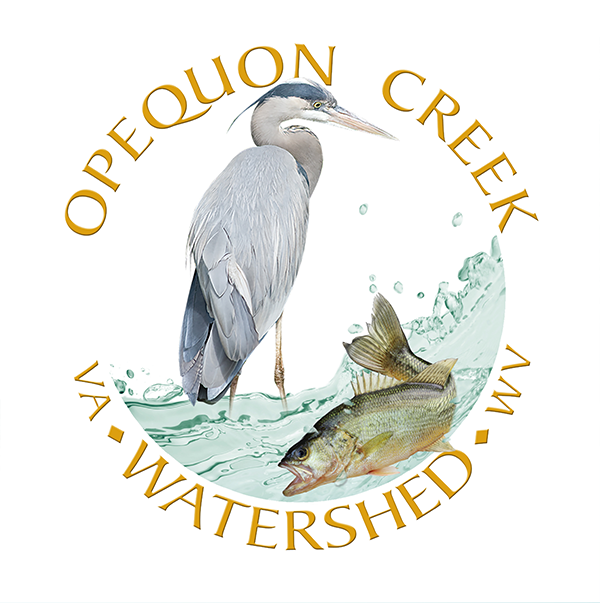Clarke County
February 2020
The Opequon Watershed Inc. has re-dedicated itself to preserving and protecting the Opequon Creek—from its source in Virginia to the Potomac River in West Virginia. The Opequon Watershed, Inc. a nonprofit 501(c)(3), was founded in 1992 with the idea of serving the entire watershed in both Virginia and West Virginia.
Our mission is to promote the understanding, protection and preservation of the Creek and its tributaries for the use and enjoyment of current and future generations.
The group and its individual members were instrumental in establishing the Abrams Creek Wetlands Preserve in October 2003 as the City of Winchester’s first formally protected natural area. Members continue to collaborate with the Winchester Parks and Recreation Department and other partners in promoting and managing this special place in the Opequon Creek watershed.
The Opequon Watershed has conducted tree plantings in vulnerable riparian areas and has sponsored an annual 5K run. The members were instrumental in establishing Winchester’s Green Circle, an approximately 8-mile park connecting several significant sites while attempting to follow Opequon tributaries within the city. In our initial years, we conducted stream sampling for macroinvertebrates and water chemistry sampling of the mainstem.
We continue to look for partners who already have volunteers and programs to see if we can collaborate to benefit the watershed.


